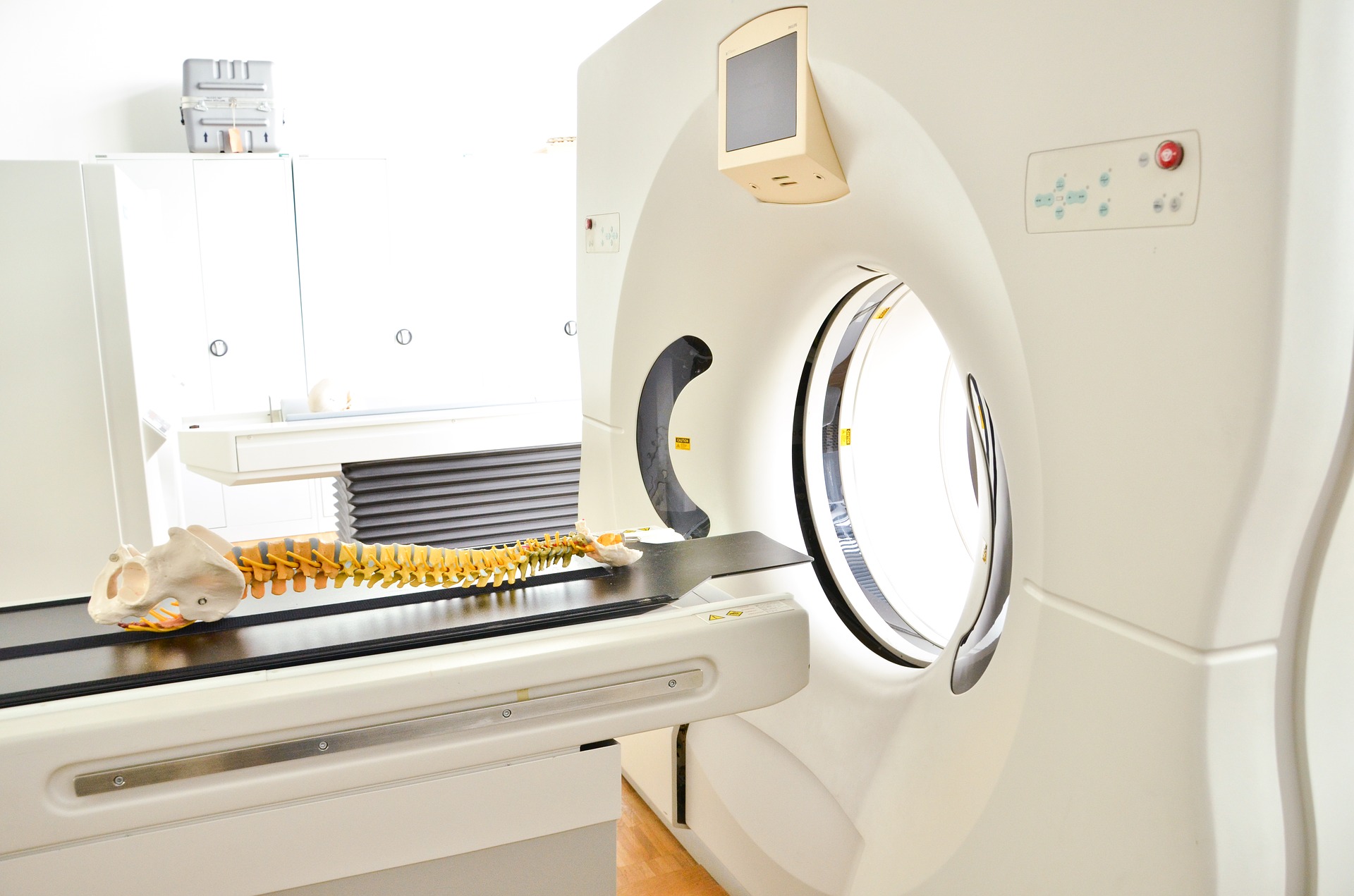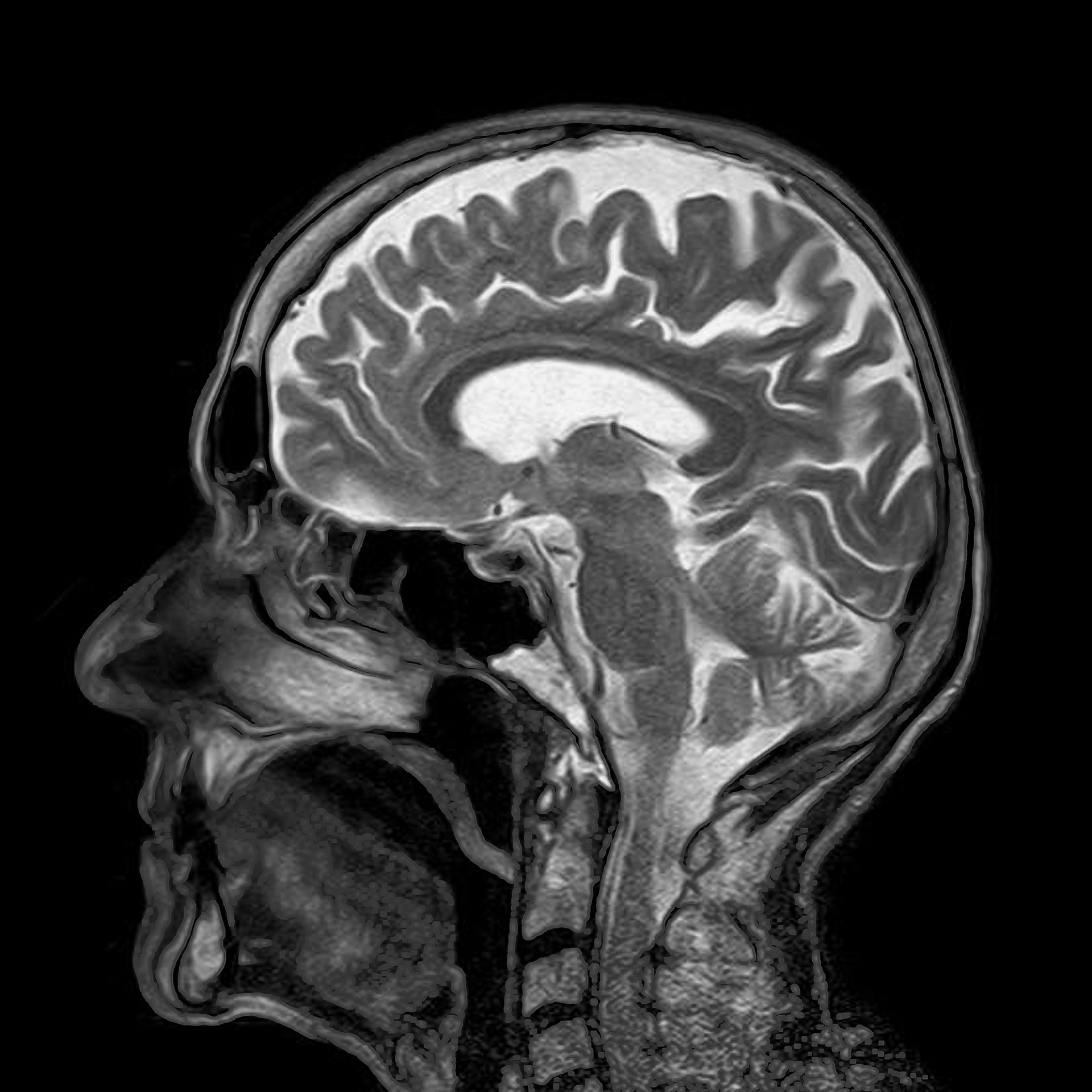
Manual therapy is commonly used to relieve joint stiffness, muscle tension and spasm which can restrict mobility and cause pain. Spinal manipulative therapy is a specific form of manual therapy that is used to deliver high-velocity, low-amplitude (HVLA) force on a spinal vertebral segment. Research evidence suggests that spinal manipulative therapy is effective in relieving spinal pain (1), and that the effects of a single HVLA thrust is immediate in nature (2).
Although spinal manipulative therapy provides an immediate pain relief, the HVLA thrusts on patients with spinal pain does not appear to impact/alter disability (1). Furthermore, in a randomized study that compared standard care and standard care with spinal manipulative therapy, the researchers noted that there was no reduction of pain or analgesic use in patients with acute low back pain (3). To date, the neurophysiologic mechanisms of pain relief after administration of spinal manipulative therapy in some patients is poorly understood.

The nervous system is continuously in touch / in sync with the external environment in order to respond/adapt to the afferent stimuli. Salience network is a set of structurally and functionally connected areas in the brain that includes anterior cingulate and anterior insular cortices (ACC) (4, 5). Salience network is able to constantly filter, integrate and evaluate ‘moment-by-moment’ information that are received by the nervous system via., its connectivity to regions that controls/regulates executive function (e.g., prefrontal and superior parietal cortices) and areas that comprise ‘default mode network’ (e.g., preceneus, posterior cingulate and inferior parietal cortices) (4, 5).
In fact, due to its intrinsic connectivity to various brain areas, it was thought that salience network may play a key role in how we perceive, respond and adapt to the afferent stimuli from external environment.

Spinal manipulative therapy is one intervention that may influence the function of salience network in the brain. Isenburg et al (6), hypothesized that spinal manipulative therapy (as a sensory stimulus to the brain) may impact/alter the perception of pain affecting the functional salience network. In their study (6), 15 patients with chronic low back pain and 16 healthy individuals underwent resting state functional Magnetic Resonance Imaging (fMRI) immediately before and after a single HVLA spinal thrust manipulation and spinal (non-HVLA) mobilization on separate days.
They found that after a single HVLA spinal thrust manipulation, there was an increased functional salience network connectivity to sensorimotor processing regions (thalamus, M1) and cognitive processing regions (lateral prefrontal cortex), along with a significant decrease in lower back pain (6). This suggests that spinal manipulative therapy induced analgesia may involve recruitment of salience network areas in the brain. The research group further described that spinal manipulative therapy might partly work by exposing patients with spinal pain to forceful but non-harmful manipulation of the spinal vertebral segment, there by assisting patients to overcome fear-avoidance behaviour (7).
The results indicated that spinal manipulative therapy might positively modulate the brain circuitry associated with fear of movement and anticipation of pain (6, 7). Further studies are needed to determine the cumulative effects of several HVLA spinal thrust sessions in people with chronic spinal pain. Nevertheless, the engagement of salience network after HVLA spinal thrusts suggested that spinal manipulative therapy is indeed a potent intervention to treat patients with chronic spinal pain.
References:
1. Scholten-Peeters GG, Thoomes E, Konings S, Beijer M, Verkerk K, Koes BW, Verhagen AP. Is manipulative therapy more effective than sham manipulation in adults?: a systematic review and meta-analysis. Chiropractic & manual therapies. 2013 Dec;21(1):34.
2. Coronado RA, Bialosky JE, Cook CE. The temporal effects of a single session of high-velocity, low-amplitude thrust manipulation on subjects with spinal pain. Physical Therapy Reviews. 2010 Feb 1;15(1):29-35.
3. Jüni P, Battaglia M, Nüesch E, Hämmerle G, Eser P, van Beers R, Vils D, Bernhard J, Ziswiler HR, Dähler M, Reichenbach S. A randomised controlled trial of spinal manipulative therapy in acute low back pain. Annals of the rheumatic diseases. 2009 Sep 1;68(9):1420-7.
4. Menon V. Brain Mapping: An Encyclopedic Reference (Vol. 2).
5. Uddin LQ, Supekar KS, Ryali S, Menon V. Dynamic reconfiguration of structural and functional connectivity across core neurocognitive brain networks with development. Journal of Neuroscience. 2011 Dec 14;31(50):18578-89.
6. Isenburg K, Loggia M, Ellingsen D, Protsenko E, Mawla I, Kowalski M, Swensen D, O’Dwyer-Swensen D, Edwards R, Napadow V, Kettner N. Increased Salience Network Connectivity following Spinal Manipulative Therapy is Associated with Reduced Pain in Chronic Low Back Pain Patients. The Journal of Pain (2019) 20(4) S42. doi: 10.1016/j.jpain.2019.01.192
7. Ellingsen DM, Napadow V, Protsenko E, Mawla I, Kowalski MH, Swensen D, O’Dwyer-Swensen D, Edwards RR, Kettner N, Loggia ML. Brain Mechanisms of Anticipated Painful Movements and Their Modulation by Manual Therapy in Chronic Low Back Pain. The Journal of Pain. 2018 Nov 1;19(11):1352-65.
